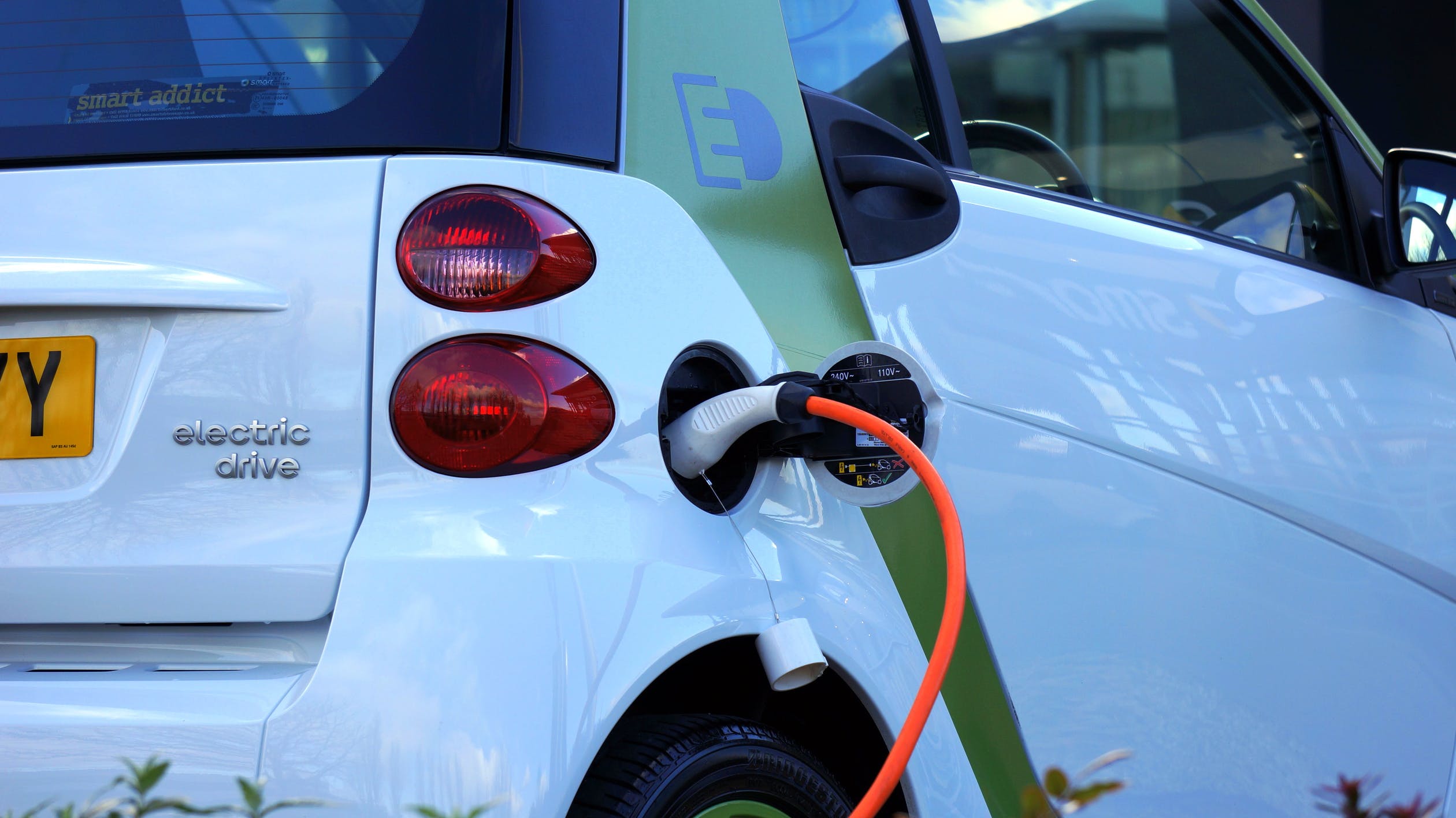With future diesel bans, COP 26 and a greater awareness of the pressing need to limit CO2 emission, sustainable technologies have been a huge focus. For example, the electric car industry has seen staggering growth.
In 2021 alone, electric car sales doubled to 6.6million, representing a growth of 74% compared to the year before. In terms of market share, electric vehicles are making headway with an estimated market share of 20% by 2025 in China, 4.5% in the US and, in Europe; the figure is already 17%. However, some countries have much higher growth; for example, Norway’s electric vehicle market share is as much as 72%.
By 2030, the International Energy Agency believes that as many as 145 million electric vehicles will be on the road. However, there is growing debate as to how green electric cars are. While electric vehicles banish exhaust emissions, there are other environmental impacts that come with battery-powered vehicles. Some even argue that the pollution caused by electric vehicles can be worse than the fuel-powered cars on the road today.
So are electric vehicles the green choice for the future?
Fuel Or Electric Vehicles: Which Are The Greatest Polluters?
As a general consensus, studies show that electric cars are better for the environment than fuel-powered alternatives. Scientific research published in the journal, Nature[1], supports this by finding that an electric car is greener in 95% of the world. The main reason for this is thanks to the fact that electric vehicles don’t emit exhaust emissions.
However, in terms of non-exhaust emissions, there is a long way to go in making electric vehicles the greenest way to travel.
1. Electricity Consumption
One of the issues with electric vehicles is that they need charging, and many rely on the electricity grid for this power. However, much of the electricity grids across the world is created by fossil fuels. As a result, the energy the car consumes is often from non-renewable resources such as coal or oil.
Currently, renewables account for around 28% of the electricity grid, with coal and gas accounting for around 60% of the electricity supply. Although, as renewable energy generation grows, we can expect to see this shifting in the future and with renewables such as solar and wind increasing their market share. In fact, experts predict that 100% renewable energy could be possible by 2050.
2. Electric Vehicle Battery Production
Another factor in emissions for electric vehicles is caused by the production of batteries needed in these vehicles. Research[2] has found that manufacturing an electric vehicle creates significantly more emissions than fuel-powered cars, which is largely down to producing the battery. The energy-intensive process of producing a lithium-ion battery can account for 30—40% additional production emissions.
That said, the battery’s efficiency over time is considered far superior to cars with an internal combustion engine. So, while initial emissions may be higher, the electric vehicle’s long-term energy efficiency far outweighs the initial emissions over time.
3. Particulate Emissions
Another consideration is the non-exhaust emissions that come from an electric vehicle, including brake, tyre, and road surface dust. These pollutants are prevalent across all vehicles, but research suggests that these are greater in electric vehicles. The premise is that electric vehicles are usually heavier than their fuel-powered counterparts, which means there is a greater amount of particulate matter.
The brake dust, tyre wear, and road surface particulates account for 60% of PM2.5 and 73% of PM10 emissions. This is prevalent on both petrol and electric-powered vehicles, but there are solutions that can help to reduce PM emissions.
At Ogab®, we have developed emission-reducing innovations for all vehicles. Our Sustainable Braking technology helps slow down brake degradation to increase the lifespan of brake discs while also capturing the harmful particulate matter emitted through braking. Our Sustainable Braking technology not only helps to improve braking safety but can reduce the emissions of each vehicle through its innovative particulate capture technology.
Making Greener Transport
Suitable for both electric and fuel-powered vehicles, Ogab®’s Sustainable Braking not only lowers emissions by cooling the brakes to prevent heat build-up, but it can also capture 100% of particulate brake emissions. This innovation can not only help electric vehicles to be more sustainable but other vehicles too.
What’s more, Ogab® will soon be releasing tyre wear capture technology that can further help to reduce particulate emissions for greener, sustainable travel and support a healthier transport environment. To stay up to date with new technologies or to find out more about utilising our Sustainable Braking in your vehicles, please connect with us on social media or email the team at info@ogab.co.uk.
[1] https://www.nature.com/articles/s41893-020-0488-7.epdf
[2] https://energy.mit.edu/research/mobilityofthefuture/




